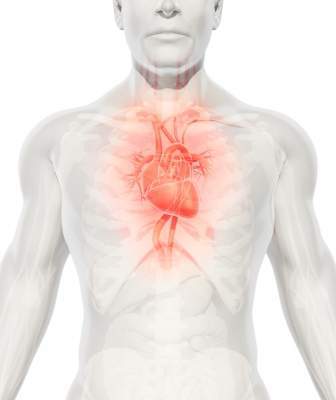
The interatrial shunt device is claimed to be the world’s first transcatheter device for heart failure with preserved (HFpEF) and mid-range (HFmrEF) ejection fraction.
The REDUCE LAP- HF I double-blinded, mechanistic study was undertaken on 44 patients randomized to IASD or sham control.
Primary endpoints at 30 days included effectiveness of the IASD measured by exercise pulmonary capillary wedge pressure (PCWP) reduction compared to sham control, and procedural safety as assessed by major adverse cardiovascular, cerebral, or renal events (MACCRE).
One year results from the study show that the IASD is safe, improved quality of life and is claimed to be associated with favorable trends in heart failure hospitalization and reduction in New York Heart Association (NYHA) heart class.
The IASD has secured approval in European Union in treating heart failure with preserved (HFpEF) or mid-range ejection fraction (HFmrEF).
After a small opening is creating in the atrial septum, the IASD implant is deployed. It forms a passage between the left and right atria, enabling the left atrium to decompress at rest and physical activity, with the aim of lowering left atrial pressure.
IASD can improve heart failure symptoms and quality of life by facilitating continuous and dynamic decompression of the left atrium. The system is claimed to decrease heart failure hospitalization rates and can reduce the overall cost burden of managing heart failure patients.
Corvia Medical senior vice president and chief medical officer Jan Komtebedde said: “While this particular study was focused on demonstrating a mechanistic effect and by design, underpowered for other outcome measures, the clinical results are consistent with prior trials confirming the IASD provided symptom relief, improved quality of life, and reduced heart failure events.
“We now are focused on demonstrating, in the ongoing REDUCE LAP-HF II study, that these positive clinical outcomes are robust enough, in a larger patient population, to carry this new technology into clinical practice.”




